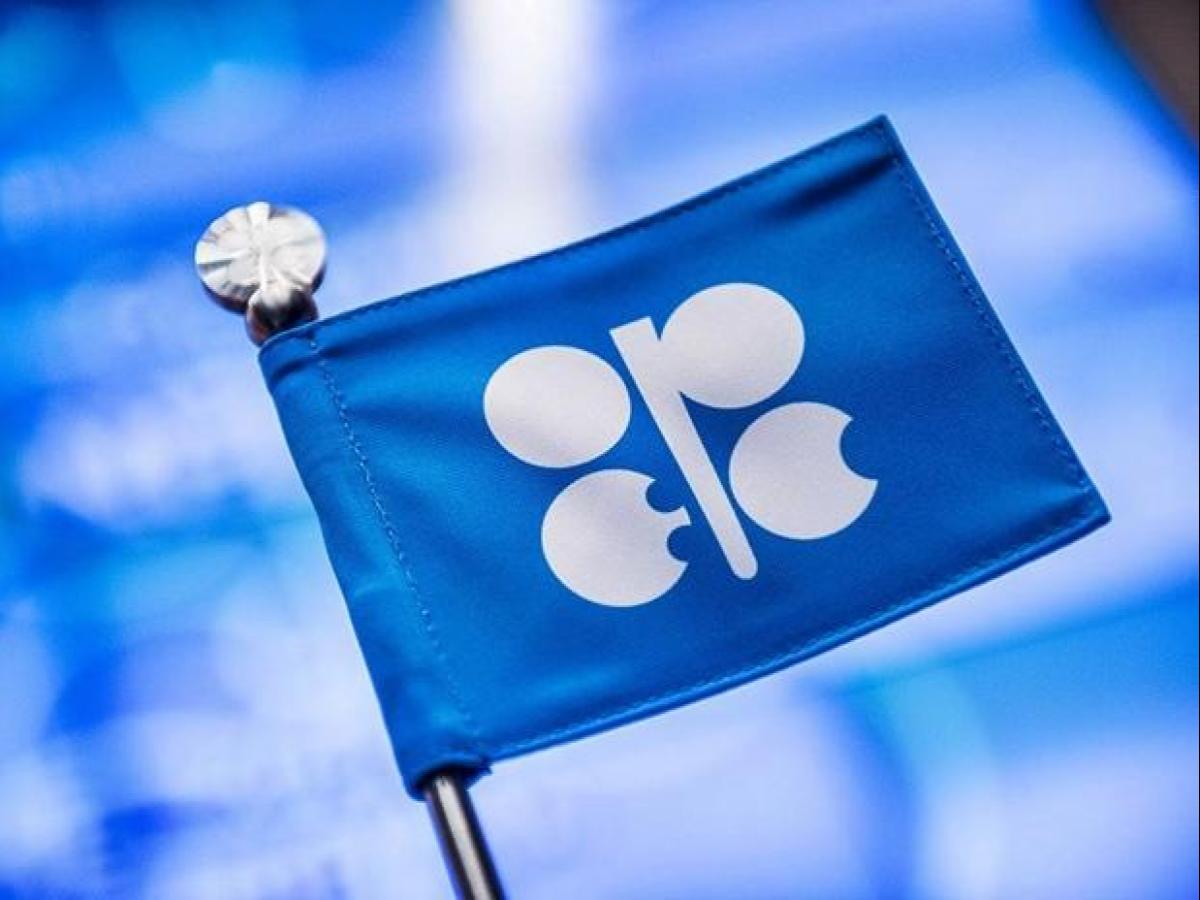OPEC+ stuck to its plan to hike oil output in July, but Saudi Arabia’s energy minister kept the market guessing as to whether the group will add more supply later this year to keep pace with the accelerating global recovery.
With oil prices rising above $70 and demand for gasoline and diesel increasing in the US, China and Europe, OPEC+ is now at the center of one of the most pressing debates in markets: the threat of inflation, Bloomberg reported.
“The demand picture has shown clear signs of improvement,” Saudi Energy Minister Prince Abdulaziz bin Salman said, in some of his most upbeat comments since the crash last year. But pressed on whether more supply increases will be needed, he said: “I will believe it when I see it.”
OPEC and its allies have spent more than a year rescuing prices from historic lows and only cautiously adding supply. Now the story is shifting: The oil market is heading into deficit and crude prices are fueling inflation concerns.
Letting the market overheat risks undermining the recovery. But the cartel also has to manage the dual risks of Iranian supply coming back online and any resurgence in the virus and its variants.
“Covid-19 is a persistent and unpredictable foe, and vicious mutations remain a threat,” OPEC Secretary-General Mohammad Barkindo said.
The group will press ahead with an increase of 841,000 barrels a day in July, following hikes in May and June, delegates said after a meeting that lasted less than 30 minutes, making it one of the shortest in recent history.
After July, OPEC+ is scheduled to hold production steady until April 2022, according to the deal signed a year ago to rescue producers from a bitter price war. While the agreement can be renegotiated and there will be pressure to do so as demand continues to recover, it provides a fallback position for the group.
Iran’s potential return to international oil markets is a factor weighing on ministers’ minds.
Oil prices settled higher on Tuesday, with Brent hitting above $71 and trading at its highest since March, on expectations for growing fuel demand during the summer driving season in the United States as OPEC+ agreed to boost output.
Brent crude futures for August settled up 93 cents, or 1.3%, to $70.25 a barrel after hitting $71 earlier in the session - its highest intraday price since March 8.
US West Texas Intermediate crude for July was up $1.40, or 2.1%, to $67.72.


